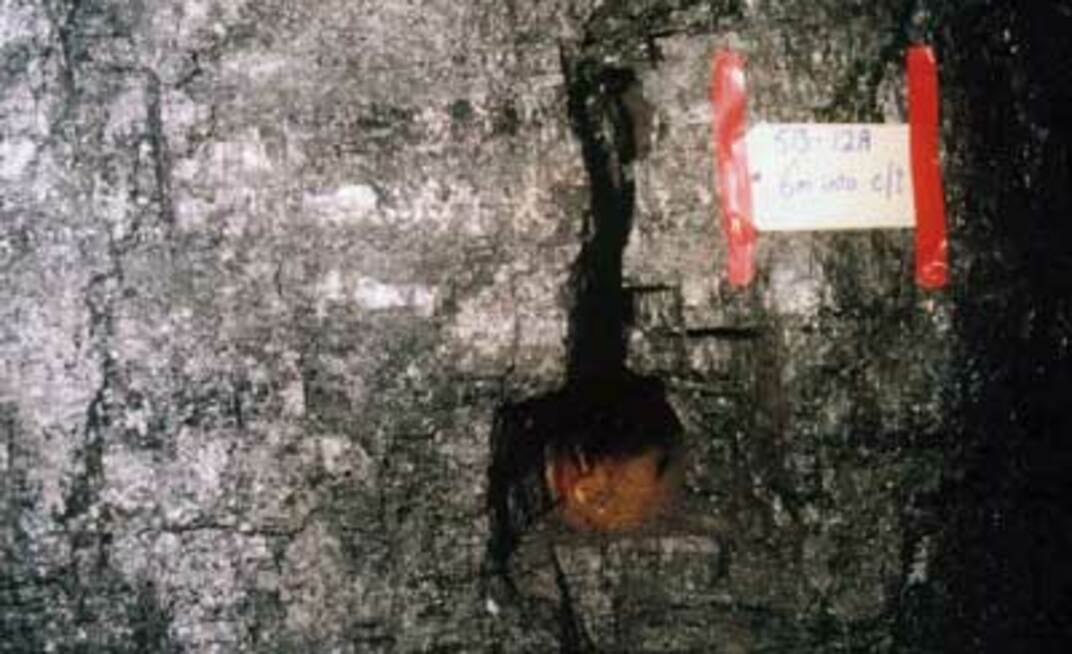Speaking on the ACARP project - Drilling Technologies for Soft & Low Permeability Coals - at a recent symposium, CoalBed Concepts’ Scott Thomson outlined the outcomes of the research he had conducted with CRC Mining researchers.
The initial scope of the R&D project was to look at technical issues associated with drilling through soft coal – defined as coal with a weak structure and high pore pressure typically susceptible to borehole instability, and tight coal – defined as coal of low relative permeability, which won’t give up its gas.
The CRC Mining team found both problems were quite different and require different solutions.
Though conventional Australian in-seam drilling practice to reduce gas levels ahead of mining had been very successful in Australia, it does not work everywhere, particularly in mines with high reservoir pressure and structurally weak coal (such as China and Eastern Europe). This is largely because Australian coal is relatively hard and has low pore pressure. This permits the borehole to be drilled ‘underbalanced’ without stability issues.
Thomson said there was a relatively poor industry understanding of gas flow from individual boreholes in Australian coal seams and as a consequence, ‘overdrilling’ to get gas down to statutory thresholds was common.
He said in-seam drilling as practiced in Australia was probably over-engineered and had a high level of redundancy. For example, designing a 12 tonne push / pull machine to drill a 400m long hole, and having most of the drilling smarts in a vulnerable position down hole was not good practice.
But in the future, mines are increasingly likely to face soft coal. Already Illawarra mines and a few Queensland sites are struggling with drilling in soft coal conditions and as mining gets deeper, the problem will only exacerbate.
He said in a tight coal situation, the best solution was to stimulate the borehole, as is common in the coal seam methane industry. A long lead time with drilling is also likely to assist gas liberation.
On the soft coal problem he said there was no immediate solution apparent, with the main challenge being that the hole collapses whilst drilling. Potential solutions for the soft coal problem include auger drilling (or scroll rods), casing advance systems and borehole pressurisation, the latter likely to be the best solution but very difficult to implement.
Scroll rods have been used successfully by US mining company Jim Walter Resources in the Black Warrior Basin and enable continuous removal of cuttings and hole debris to prevent the hole getting blocked.
Casing advance has been used successfully in Germany and offers the opportunity for hole stabilisation, but has the downside of requiring complex equipment and may be limited in range.
According to Thomson, borehole pressurisation offered the best theoretical solution. This worked through maintaining fluid pressure to support the hole against collapse. One advantage was that it enabled the use of geophysical logging tools, but its main downside was the prototype nature of available equipment that had never been tested underground. Sudden hole depressurisation and occupational health and safety issues were also major concerns.
Thompson said for now, however, no immediate solution is available for draining soft coal. Companies will have to do what they do now – drill a plethora of largely unproductive boreholes, continue to lose equipment, and get to an undrained area of soft coal and slow production to a crawl; an inadequate solution long-term.
Some progress was reported in resolving the tight coal problem. A project at the Appin and Tahmoor mines in New South Wales used a slot from the borehole to increase drainage in the seam. The slot was 25cm up and down, 25mm in diameter, in a 96mm diameter hole.
The aim of this slotting was to improve the pathways to the main cleat system and facilitate gas flow and was conducted for the first time to test the efficiency of this approach. The logistics of slotting proved quite successful.
This trial also revealed mine issues with measuring gas flow from individual boreholes. Over a six month period gas flow from the slotted borehole varied wildly, ranging from
He argued across the industry there appeared to be a very poor understanding of how much gas flow was coming from individual boreholes.
Thomson said further research was needed on improving sampling procedures so that mines could actually measure what boreholes were producing.
Until then over-drilling will probably continue.
























